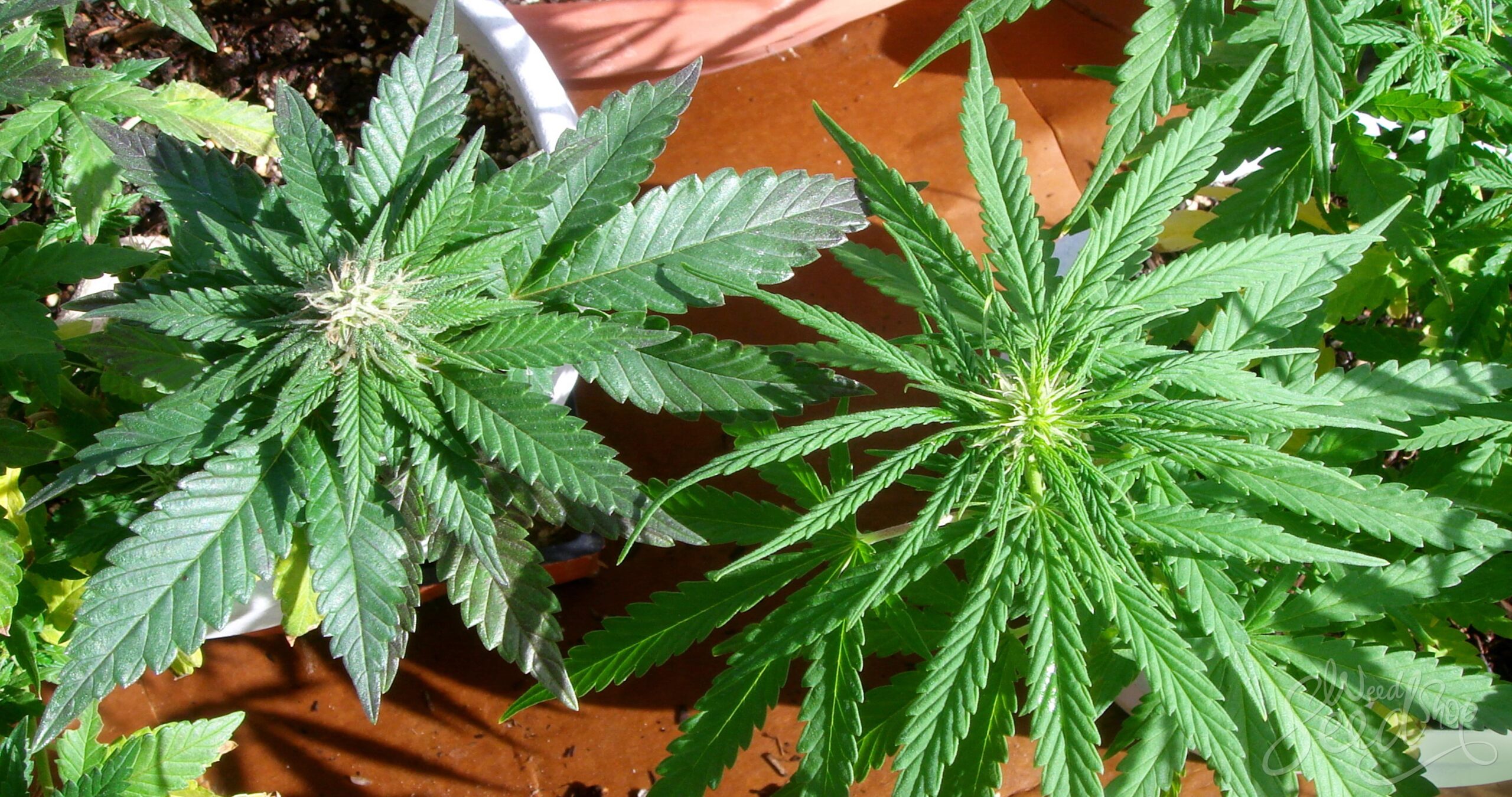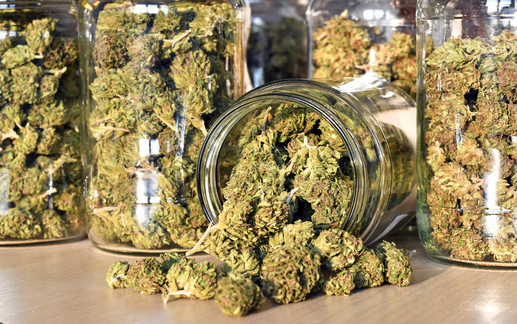What’s the difference between indica, sativa and hybrid?
- Posted on
Ivonne
- 0
- Categories: flowers,uncategorized

Indica, sativa, and hybrid are terms used to categorize different types of cannabis plants and the effects they produce when consumed. These classifications are based on the plant’s physical characteristics, growth patterns, and the subjective effects they have on users. However, it’s essential to note that the effects of cannabis can vary greatly depending on individual tolerance, dosage, and other factors.
Indica: Indica strains are known for their relaxing and sedative effects. They typically have broader leaves, shorter stature, and denser buds. Indica strains are believed to have higher levels of CBD (cannabidiol) relative to THC (tetrahydrocannabinol), though this can vary between strains. The effects of indica strains are often described as calming, promoting body relaxation, reducing stress, and aiding with sleep. Many users prefer indica strains for evening or nighttime use when they want to unwind and de-stress.
Sativa: Sativa strains are known for their uplifting and energizing effects. They typically have thinner leaves, taller stature, and longer flowering cycles. Sativa strains are believed to have higher levels of THC relative to CBD, but like indica strains, this can vary. The effects of sativa strains are often described as providing a cerebral and creative high, enhancing focus, and boosting energy. Sativa strains are popular for daytime use or when users want to engage in social activities or creative pursuits.
Hybrid: Hybrid strains are a cross between indica and sativa plants. They are bred to combine the desirable traits of both types, creating a balanced or specialized effect. Hybrids can lean more towards indica or sativa dominance, depending on the specific strain’s genetics. The effects of hybrids can vary widely, depending on the ratio of THC to CBD and other cannabinoids present in the strain. Some hybrids may be relaxing and euphoric, while others might be more uplifting and invigorating. There are also balanced hybrids that aim to provide a combination of both indica and sativa effects.
It’s important to remember that these classifications are not rigid, and the effects of cannabis can be influenced by various factors, including individual body chemistry and tolerance, method of consumption, and dosage. Moreover, as the cannabis industry evolves, some experts argue that the traditional indica/sativa classification may not fully capture the complexity of the plant’s chemical composition and effects, as many strains today are hybrids with a diverse range of characteristics. As a result, some cannabis enthusiasts and experts now focus more on the specific cannabinoid and terpene profiles of strains to understand their potential effects.

Ivonne
all author postsRelated posts
Infused Terpalicious joints
- Posted on
- 0
C.B.D effects
- Posted on
- 0
Edibles vs smoking
- Posted on
- 0
Cannabis drinkables
- Posted on
- 0
CBD bath bombs bennefits
- Posted on
- 0
Concentrates and facts about them
- Posted on
- 0





